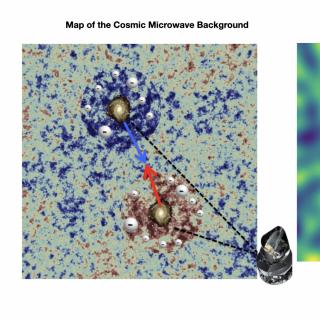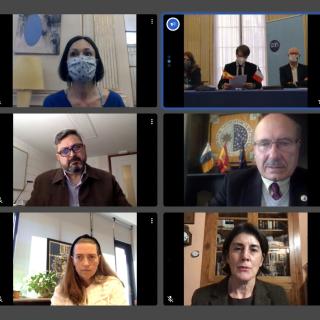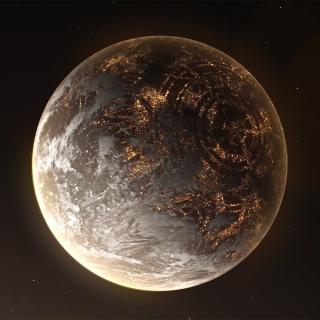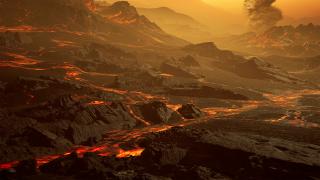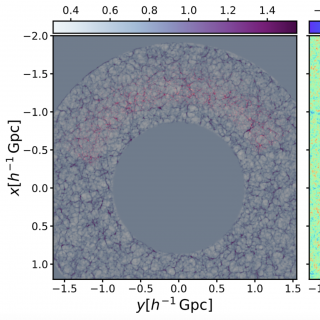
We present COSMIC BIRTH (COSMological Initial Conditions from Bayesian Inference Reconstructions with THeoretical models): an algorithm to reconstruct the primordial and evolved cosmic density fields from galaxy surveys on the light-cone. The displacement and peculiar velocity fields are obtained from forward modelling at different redshift snapshots given some initial cosmic density field within a Gibbs-sampling scheme. This allows us to map galaxies, observed in a light-cone, to a single high redshift and hereby provide tracers and the corresponding survey completeness in Lagrangian space
Advertised on
